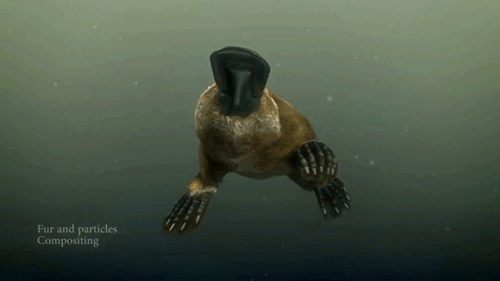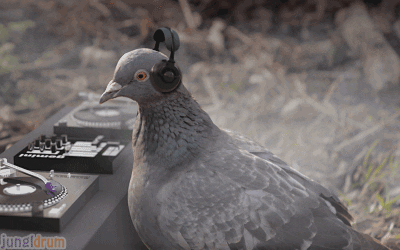SUPER STRENGTH'S OF THE ANIMAL WORLD
- Prajwal Hiremath

- Apr 8, 2019
- 3 min read
Much of the animal kingdom doesn't have the luxury-or the ability -to sustain themselves using the five senses alone. To combat this, a handful of animals have developed special organs & receptors and allow them to navigate, feed & protect themselves from harm.These 'sixth senses' are invaluable sources of information & insight for scientist studying the history & potential of human genetics.

PIT VIPER
Heat sensing

Snakes in the pit viper family- which includes python,boas & rattlesnakes-are equipped with a special infrared heat sensing system that can be used to track down & identify their prey. There are the only animal believed to possess this ability, which making them an especially adept night mare predator

WEATHERFISH
Barometric pressure sensor
Weatherfish are known for being highly sensitive to change in barometric pressure .In fact ,they were once kept as pets to help predict the weather.For the weatherfish, the ability compensates for the lack of swim bladder & allows it to detect pressure changes & monitor buoyancy underwater.
COMB JELLY
Balance reception

Jellyfish don't have a central nervous system. So,they must relay on other means to gather information about the world around them. Comb jelly possess balance receptors known as "Statocysts" that let them known if they are facing up or down. Beyond that,they are used for coordinating movements to reel in food.
SPIDER
Mechanoreception

In addition to hair sensors, chemical sensors ,spiders may possess as many as 325 mechanoreceptors on each of their eight legs. They are used for sensing minute mechanical strain on their exoskeleton in order to gauge the size, weight & type of creatures caught in their webs.
SHARK
Electroreception

Using special pores on their heads , sharks have the ability to perceive electrical impulses generated by any living things that moves . Each impulse travels through the ocean water due to sodium and chlorine ions it contains. The sharks can sense the voltage that results allowing them to track down their pray.
PLATYPUS
Electroreception
Platypus are the only mammal on the planet known to possess the ability to detect electrical impulses the way many predator fish do. The electroreceptors, located on the animal's signature bill, allow them to navigate murky,dimly lit water with ease. Unlike sharks, the platypus can use the ability directionally.
PIGEON
Magnetoreception
Pigeons have long been known to possess the ability to sense magnetic fields, but scientists have only recently begun to understand how it works. They now believe individual neurons in a pigeon's brain code information on the direction, polarity & intensity of a magnetic field-& it may begin in the homing bird's inner ear.
SEA TURTLES
Magnetoreception

Sea turtles like homing pigeons are equipped with receptors that allow them to detect and analyze magnetic fields. The magnetic map they create allows them to navigate to specific geographical areas , most notably where they were born. The ability can be used from almost anywhere,allowing the turtles to roam vast expanses of ocean.
DOLPHIN
Echolocation

Dolphins are equipped with what is likely the most well known sixth sense-echolocation.The animals produce high frequency clicks that generate feedback when the sound waves bounce off an object.That feedback generates 3D visual map of their surrounding that allows them to 'see' in the water.
BAT
Echolocation

Contrary to popular belief, bats are not blind. In fact, they see nearly as well as we do. However
the flying mammal's vision is useless in the dark, when it goes out to hunt. Like dolphins, they use echolocation to paint themselves a radar-like portrait of their surroundings & of nearby prey.
PISTOL SHRIMP
Boiling water

The pistol shrimp is able to blast out a stream of water that is almost as hot as the sun!. The shrimp uses this offensively to hunt fish. Another amazing power of this animal is the ability to create 200+ decibel sounds. This is so loud that the shrimp effectively uses it to stun fish. Let ,if you talk to a person with that sound(200 db) ,it will eventually kills him !.
DRAGON MILLIPEDE
Poisonous gas clouds

Dragon millipedes have an advanced system of defense. they can shoot a cloud of HYDROGEN CYANIDE [HCN]. Its bright aposematic colouration is a clear warning to potential predators that these millipedes are seriously poisonous: they have glands that produce hydrogen cyanide for protection. And because they produce cyanide, it has been said that they give off an almond-like smell.
SHARING IS LIKE CARING





Super and unknown factors about animals........
It's really interesting.......
Such a good and interesting blog....
Liked it Prajwal garu ....Keep going
Dolphins like so many animals are introduced by u to know many facts
Good job prajwal all d best keep going on